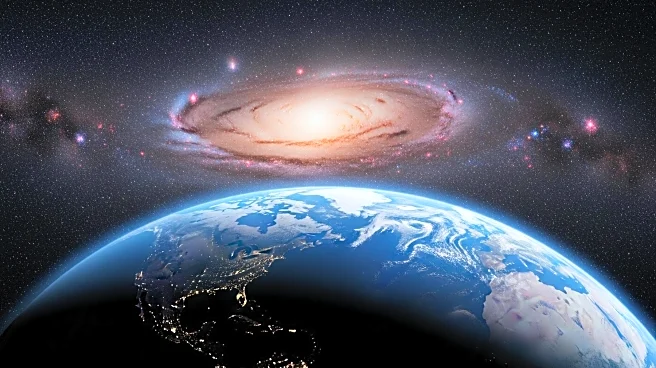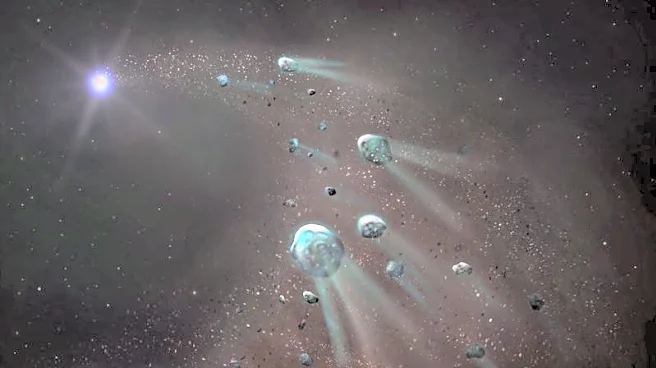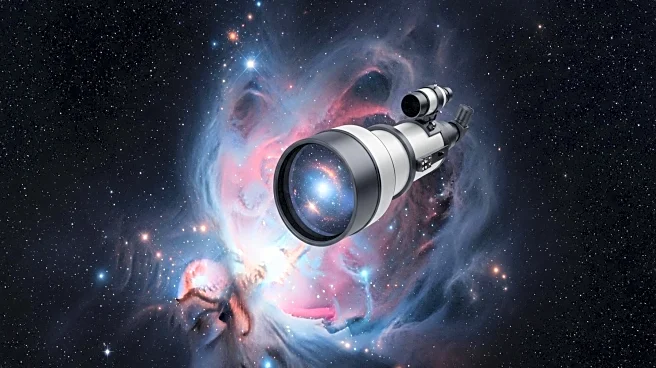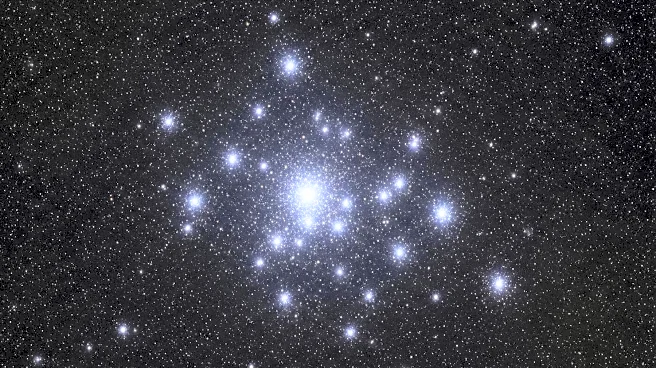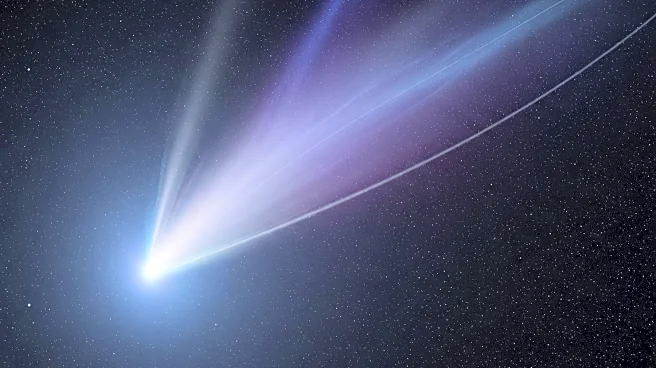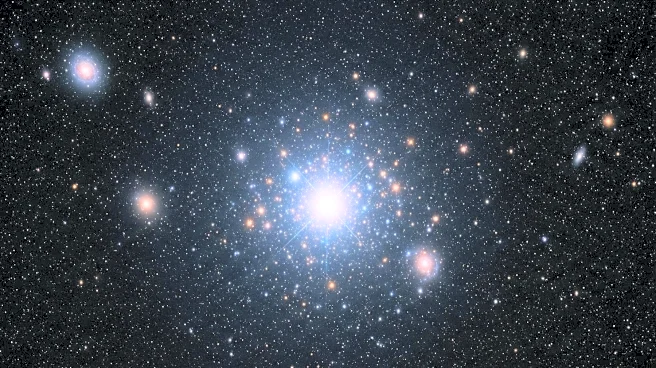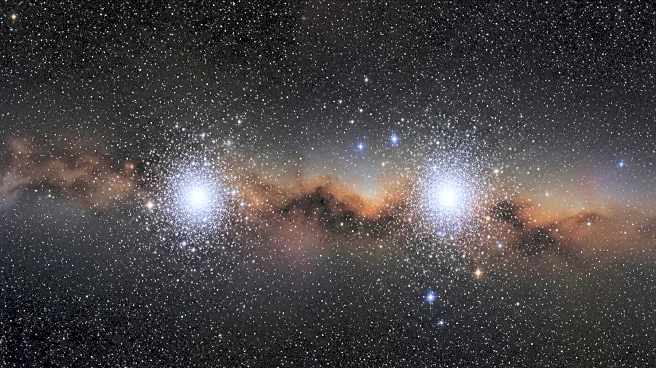What's Happening?
Astronomers have identified potential supernova sources that may have sent cosmic rays to Earth 10 million years ago. This theory emerged after researchers discovered a spike of radioactive beryllium in rocks beneath the Pacific Ocean, dating back to that period. The beryllium is believed to have been produced by cosmic rays from a supernova. Using data from the Gaia space telescope, researchers traced the orbits of star clusters and found a 70% chance that a supernova occurred within 300 light years of Earth at that time. Two possible sources have been identified: the ASCC 20 group and the OCSN 61 cluster.
Why It's Important?
Understanding past cosmic events like supernovae can provide insights into the history of our solar system and the potential impacts of such events on Earth. The study of cosmic rays and their effects on Earth's atmosphere and geology can help scientists better understand the risks posed by future supernovae. Additionally, this research contributes to our knowledge of the Milky Way's history and the movement of stars within it. The findings could also inform future studies on the potential for cosmic events to influence Earth's climate and biological evolution.
What's Next?
Further modeling of star movements is needed to confirm whether a supernova was indeed responsible for the beryllium spike. Researchers will continue to analyze geological records and cosmic data to refine their understanding of the event. This ongoing research may lead to new discoveries about the interactions between cosmic phenomena and Earth's environment. Additionally, advancements in space observation technology could provide more precise data on past and future cosmic events.

